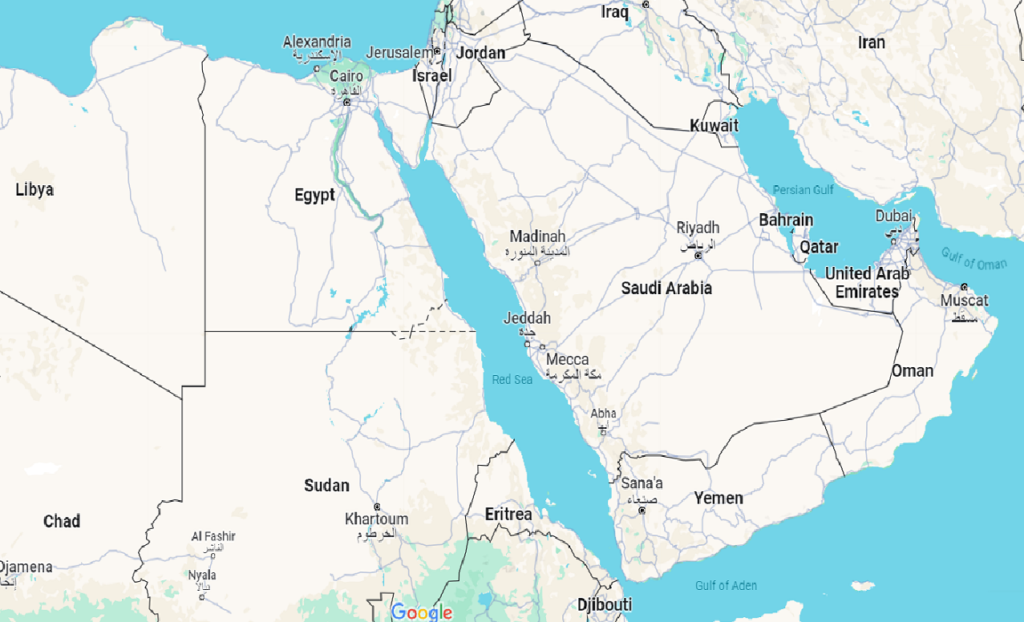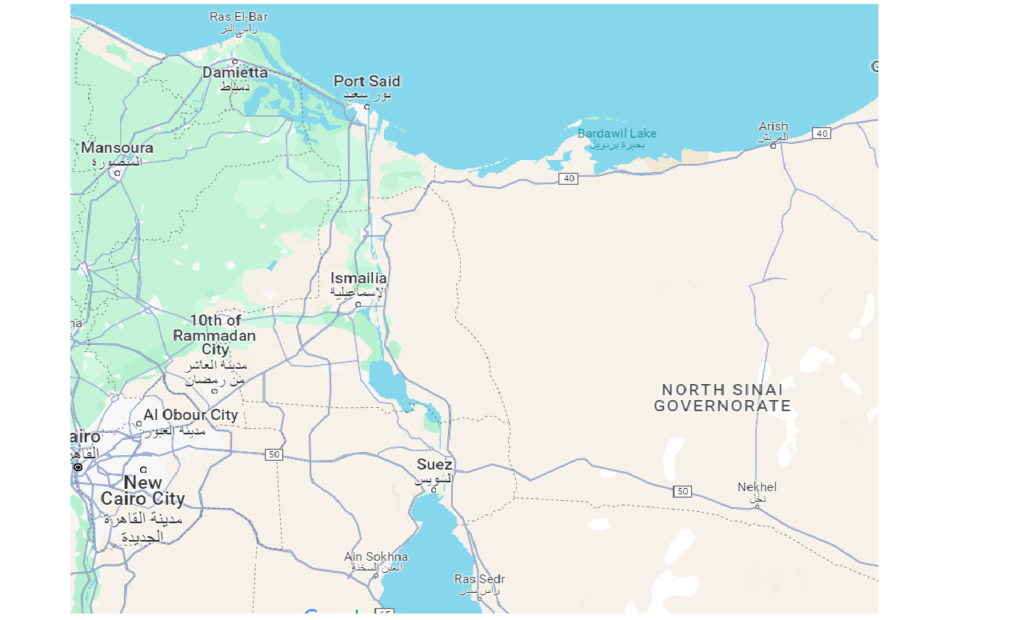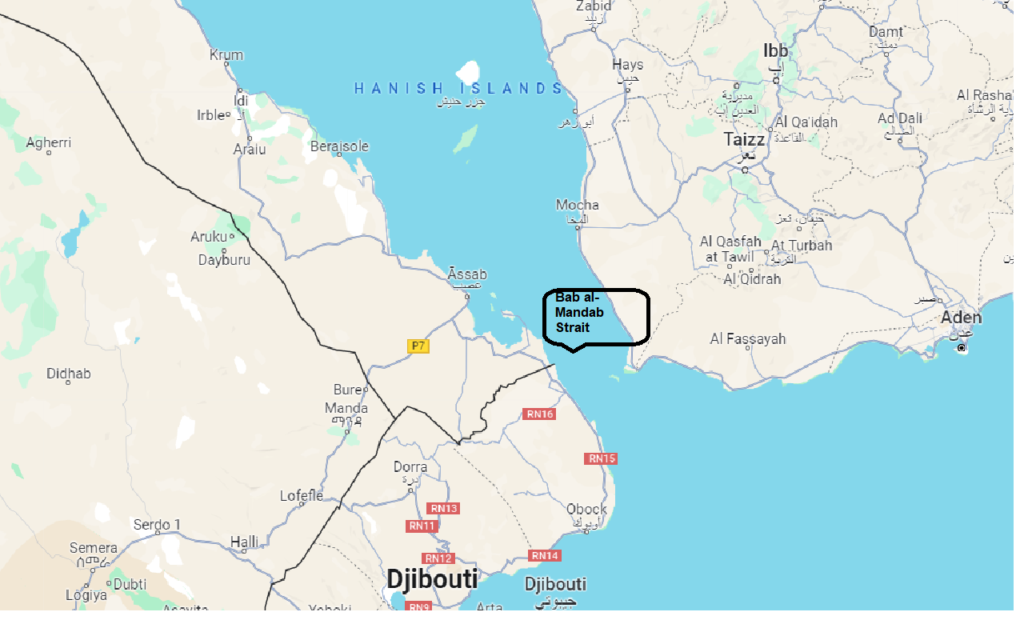Connecting Worlds: The Red Sea’s Pivotal Role in Global Trade and Security

Introduction:
The Red Sea, located between Africa and Asia, stands as a vital waterway with immense geopolitical significance. This article explores the geographical and historical context of the Red Sea, focusing on its importance, key features, and the evolving dynamics that shape global trade and security.
Table of Contents
Geographical Overview:
The Red Sea is a seawater inlet of the Indian Ocean, stretching approximately 2,250 km (1,400 mi) in length and 355 km (221 mi) at its widest point. Its surface area covers about 438,000 km2 (169,000 sq mi), with an average depth of 490 m (1,610 ft). Notably, the Red Sea is underlain by the Red Sea Rift, part of the Great Rift Valley, adding geological significance to its already vital role in global affairs.
Key Points of Interest:
- Shallow Shelves and Marine Life: Around 40% of the Red Sea is shallow (less than 100 m deep), fostering extensive shelves known for diverse marine life and coral formations. With over 1,000 invertebrate species and 200 types of coral, it has been designated a Global 200 ecoregion.
- Red Sea Rift: The geological feature known as the Red Sea Rift adds to the region’s uniqueness. This rift is a part of the larger Great Rift Valley, showcasing the dynamic nature of the Earth’s crust in this area.
- Bordering Countries: The Red Sea is surrounded by six countries – Egypt, Saudi Arabia, Yemen, Sudan, Eritrea, and Djibouti. The strategic importance of these nations in the region cannot be overstated.
- Connected Waterways: To the south, the Red Sea connects to the Indian Ocean through the Bab el Mandeb strait and the Gulf of Aden. To the north, it is flanked by the Sinai Peninsula, the Gulf of Aqaba, and the Gulf of Suez, leading to the Suez Canal.
Red Sea Importance in Global Trade:
The Red Sea’s significance in global trade is underscored by two critical passages – the Suez Canal and the Bab-el-Mandeb Strait.

- Suez Canal: Opened in 1869, the Suez Canal is a vital maritime route, reducing the distance from India to Europe by 7,000 kilometers. In 2018, it accommodated 18,000 ships, with 2.5% of the world’s oil output traversing its waters. The canal’s completion in 2015 further enhanced its capacity, contributing to Egypt’s economic development.
- Bab-el-Mandeb Strait: Situated at the southern end of the Red Sea, this strait connects the Red Sea to the Indian Ocean. It is a crucial chokepoint for global energy security, with 600,000 barrels of crude oil passing through daily. However, challenges like piracy and regional conflicts, especially in Yemen, pose risks to maritime traffic.

Global Geopolitics:
The Red Sea’s geopolitical landscape is evolving, with various nations asserting influence and global powers seeking strategic footholds.
- China and Russia: Both nations have extended their reach to the Red Sea through initiatives like China’s Belt and Road and Russia’s collaborations with Egypt. Their involvement indicates a shifting geopolitical balance in the region.
- Regional Powers: Saudi Arabia, Israel, Sudan, and Eritrea actively engage in regional affairs, seeking economic development, security, and alliances to safeguard their interests.
Conclusion:
The Red Sea’s position as a strategic nexus of global geopolitics is undeniable. As trade routes, security concerns, and economic interests continue to evolve, the region will play an increasingly crucial role in shaping the dynamics of the 21st century. Understanding the Red Sea’s importance is key to grasping the intricate interplay of nations and forces that define its past, present, and future.
| To Know More About other | Click here |
| To Go to home page click here | Click Here |
| Although we have tried to collect all information about his/her available at that time. We will always try to update it | |
